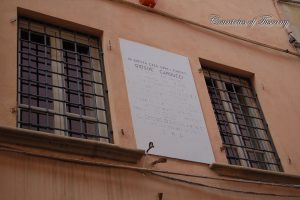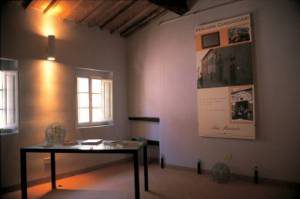L’ Aero Club di Pisa Federico Citi è un’accogliente struttura situata nell’alta Valdera a poca distanza da Pontedera. L’aviosuperficie in erba di 670 metri ricade in comune di Capannoli, a lato della Strada Provinciale della Fila.
I comuni di Capannoli, Pontedera e Peccioli sono consorziati con l’Aero Club di Pisa.
L’Aero Club è operativo tutti i giorni della settimana ad eccezione del martedì. Sul campo è possibile rifornirsi di carburante (benzina verde).

HANGAR
Nell’Aviosuperficie Valdera sono stati costruiti in più riprese un gran numero di hangar metallici destinati al ricovero dei velivoli privati.
Gli hangar accolgono anche i mezzi della Scuola di Volo, un’officina con meccanico certificato Rotax e ospitano la sede della Pipistrel Italia, importatore di velivoli ultraleggeri.
La ristrutturazione di un antico fienile ha permesso la realizzazione di una bella Club house, che ospita i corsi di volo e gli uffici.
I corsi che si svolgono sull’aviosuperficie per il conseguimento dell’attestato VDS riguardano:
– i tre assi (con Tecnam P92),
– i motoalianti (Pipistrel Sinus),
– i deltaplani (Pendolare Pipistrel),
– gli autogiro (ELA),
– ed il volo libero (Scuola n° 51).
Lo staff di istruttori comprende persone di vasta esperienza, non solo nel VDS, ma anche nell’Aviazione Generale e Commerciale.
AREA E ATTIVITÀ PER I SOCI
Un parco giochi per i bambini ed una serie di gazebo attrezzati con tavoli e panche per picnic, un piazzale coperto da una tecnostruttura, una zona recintata con panchine di fronte alla pista completano gli spazi per soci e ospiti.
L’Aero Club favorisce anche le attività di autocostruzione (alcuni soci hanno realizzato il proprio aereo, partendo dai disegni costruttivi e dai listelli di legno) nonché di recupero e conservazione di velivoli storici.
Inoltre è presente sul campo una scuola di modellismo che può accompagnare i più giovani alla scoperta di questa interessante e formativa attività.
Infine ricordiamo che l’Aero Club rappresenta un punto di aggregazione per i soci, organizzando eventi a carattere sportivo (come il campionato italiano VDS), a carattere diportistico (come le gite collettive presso altri Aeroclub), nonché conviviale.
EVENTO GIORNATA DEGLI AQUILONI
Tra le attività di promozione del volo svolte dall’Aero Club ricordiamo “La giornata degli aquiloni”, che si tiene ogni anno (meteo permettendo) nel mese di maggio e porta una quantità di bambini a cimentarsi con la costruzione di un aquilone ed il suo successivo in volo.
Informazioni:
Indirizzo: Aviosuperficie Valdera, Stradone Ricciardi, 56033 Capannoli PI
Telefono: 0587 608124
Sito Web: Aviosuperficie Valdera
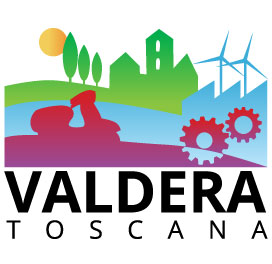


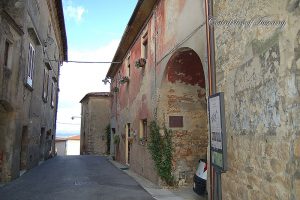

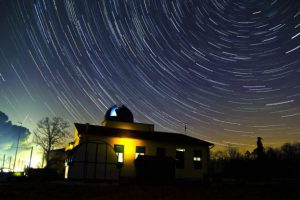
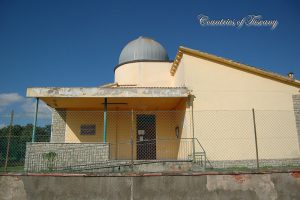
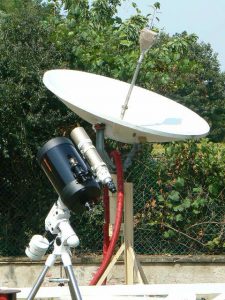


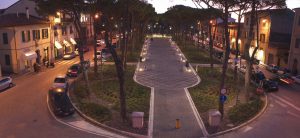
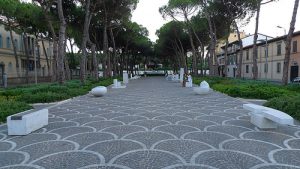
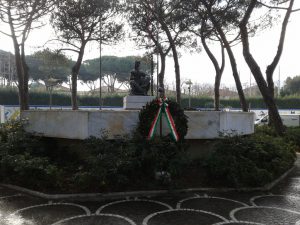 In the middle of the marble’ complex there is the bronze sculpture: “Pietà laica” of Loris Lanini. The sculpture rapresents a young woman with close eyes, and she’s keeping her sacrificed son on her knees.
In the middle of the marble’ complex there is the bronze sculpture: “Pietà laica” of Loris Lanini. The sculpture rapresents a young woman with close eyes, and she’s keeping her sacrificed son on her knees.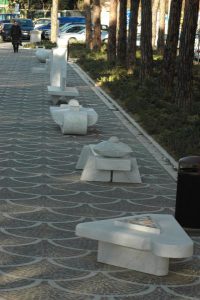 Joe Tilson, Cordelia von den Steinen;
Joe Tilson, Cordelia von den Steinen;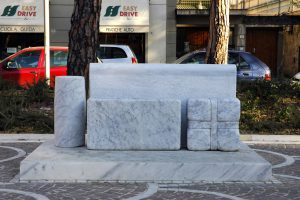
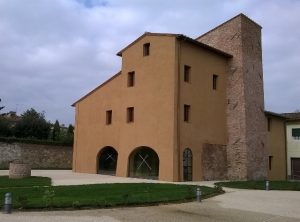
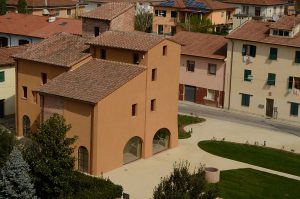
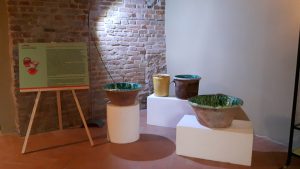
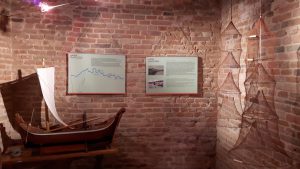

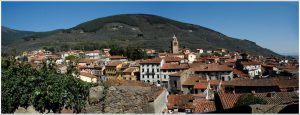
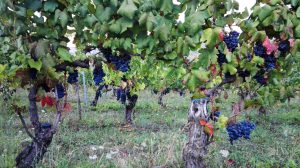
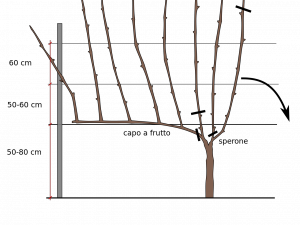
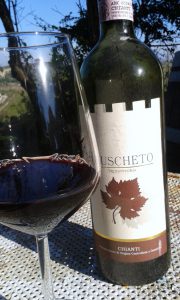
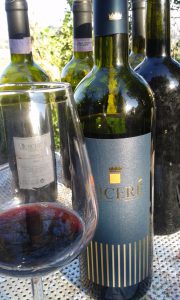
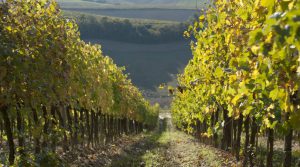 Sangiovese is the main vineyard and it has small parts of Canaiolo and Colorino. Both wines are elegant, solar and tasty. They smell god and they’re rich in fruits and minerals.
Sangiovese is the main vineyard and it has small parts of Canaiolo and Colorino. Both wines are elegant, solar and tasty. They smell god and they’re rich in fruits and minerals.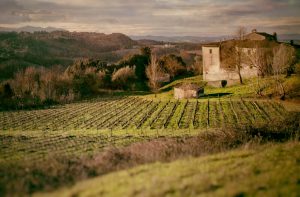
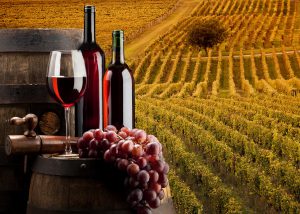

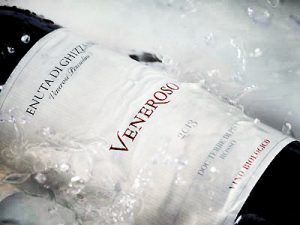
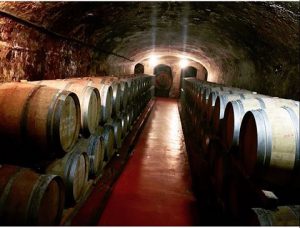
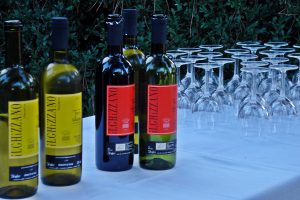
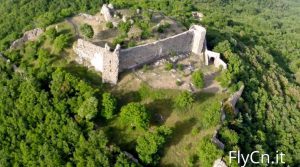
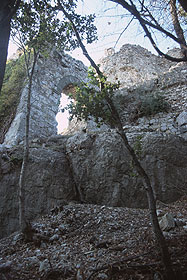
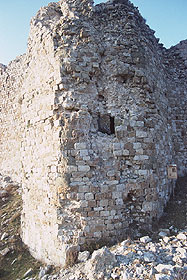
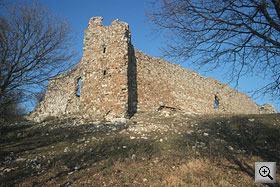 to San Bartolomeo in the castle.
to San Bartolomeo in the castle.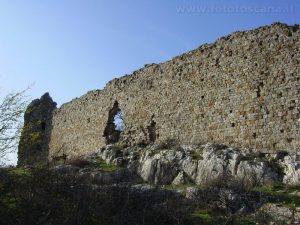 The fort surveilled the territory from the Pianura Pisana and the Verruca at the north to the Sillana Fort at the south The Pietracassia Fort is one of the best examples of military architecture in the area from the late Middle Ages. It dates back to the 17th or the 18th-century, and is one of the first barbaric castles in Tuscany.
The fort surveilled the territory from the Pianura Pisana and the Verruca at the north to the Sillana Fort at the south The Pietracassia Fort is one of the best examples of military architecture in the area from the late Middle Ages. It dates back to the 17th or the 18th-century, and is one of the first barbaric castles in Tuscany.